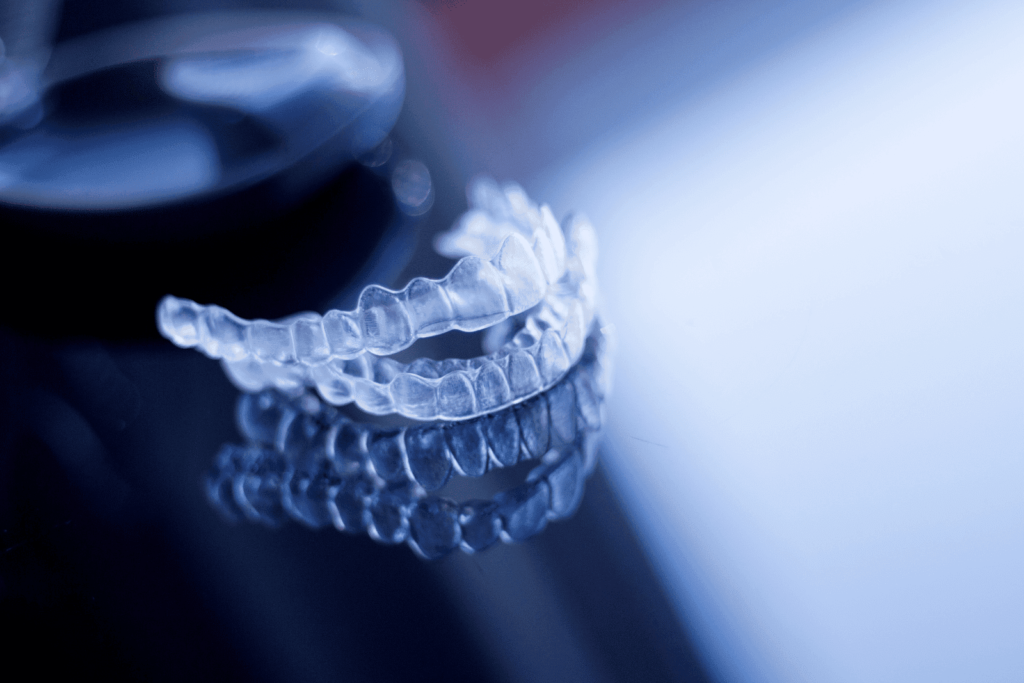Tips to face Invisalign pain can transform your clear aligner experience from uncomfortable to manageable, helping you stay committed to your orthodontic treatment while minimizing discomfort. Invisalign pain is completely normal and typically occurs when switching to new aligners as they apply pressure to move your teeth into new positions, with most discomfort subsiding within 2-3 days as your teeth and gums adjust to each new tray. The five most effective strategies for managing this discomfort include starting slowly with new aligners by wearing them for shorter periods initially, using orthodontic wax on any rough edges, taking over-the-counter pain relievers as needed, gently massaging your gums to improve circulation, and maintaining excellent oral hygiene to prevent additional irritation from plaque buildup. Understanding that this temporary discomfort is a sign that your treatment is working can help you stay motivated and committed to achieving your dream smile.
At Lansdowne Family Dental, we provide comprehensive guidance and support throughout your Invisalign journey, ensuring you have the tools and knowledge needed to minimize discomfort and maximize your treatment success. In this practical guide, we’ll dive deep into each pain management technique, explain why Invisalign discomfort occurs, discuss when to contact your dentist, and share additional comfort strategies that can make your clear aligner treatment as pleasant and effective as possible.

5 Tips to Face Invisalign Pain
1. Start Slowly with New Aligners
When you receive new aligners, it’s natural for your teeth to feel sore for a few days. This is because your teeth are moving to a new position, and the aligners are applying pressure to your teeth. To reduce the discomfort, it’s suggested to wear your new aligners for a few hours each day for the first few days before wearing them for the full recommended time (typically 22 hours per day). This gradual increase in wearing time should help your teeth adjust to the new aligners and reduce discomfort.
2. Use Orthodontic Wax
Orthodontic wax can be a lifesaver for Invisalign pain. If the aligners are rubbing against your cheeks, lips, or tongue, you can apply a small amount of wax to the rough edges of the aligners to soothe the affected area.
Keep in mind that you may need to re-apply the wax several times throughout the day to ensure its effectiveness.
3. Take Over-the-Counter Pain Relievers
Over-the-counter pain relievers such as acetaminophen or ibuprofen can help alleviate Invisalign pain. However, it’s important not to rely too much on these medications and to follow the recommended dosage on the label. In addition, consult with your dentist or orthodontist before taking any medication.
4. Massage Your Gums
Massaging your gums with a finger or a soft-bristled toothbrush can help increase blood flow in the area, reducing the pressure and pain caused by the aligners. This can also help prevent inflammation and gum recession.
It’s essential to use a gentle touch when massaging your gums to avoid damaging them.
5. Practice Good Oral Hygiene
Proper oral hygiene is essential during Invisalign treatment. Clean aligners and clean teeth will reduce bacterial growth and prevent tooth decay and gum disease, which can cause discomfort and pain.
Don’t forget to brush your teeth and aligners after every meal and floss daily. Also, use an antimicrobial rinse to help clean your mouth and kill harmful bacteria.
For residents of Ashburn, Leesburg, Sterling, and Lansdowne, VA, choose Lansdowne Family Dental for quality dental care. We offer various dental services with a patient-centric approach. Start your dental journey with us. Contact us!
Conclusion:
Invisalign treatment can cause some level of discomfort, but by following these tips, you can alleviate and prevent Invisalign pain, and have a more comfortable orthodontic experience. If you’re experiencing severe pain or discomfort, consult with your dentist or orthodontist, they may suggest a different treatment plan that better fits your needs. Remember, patience is key during Invisalign treatment.






